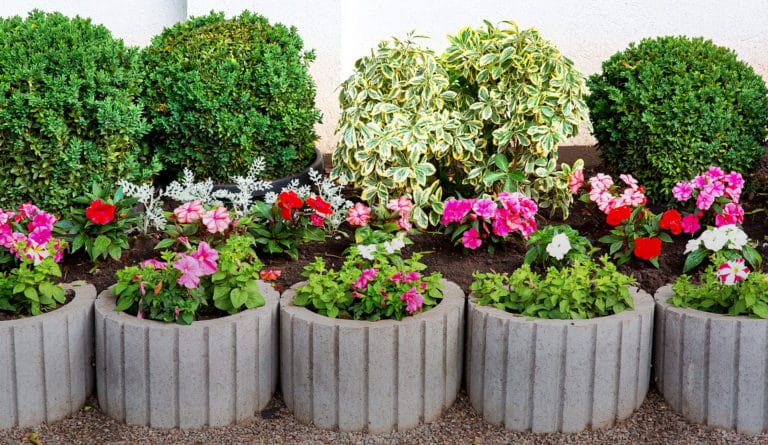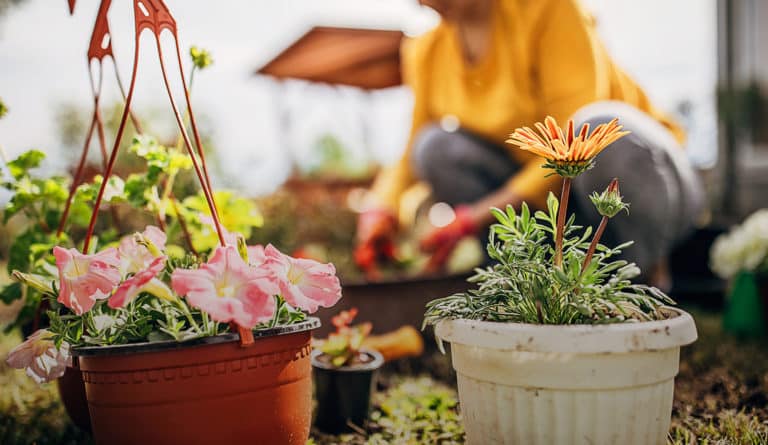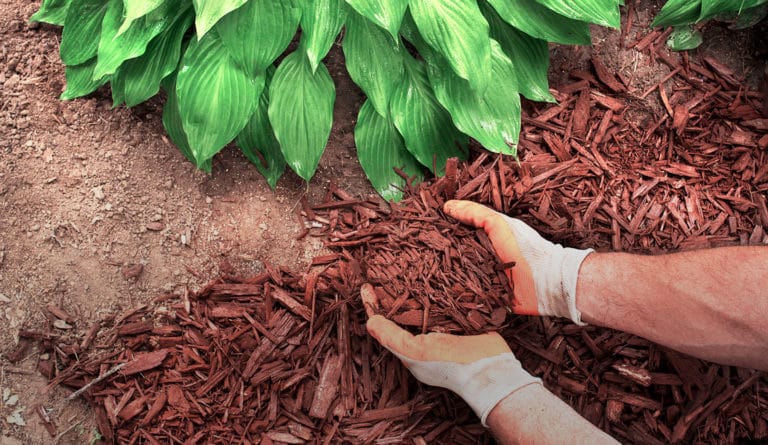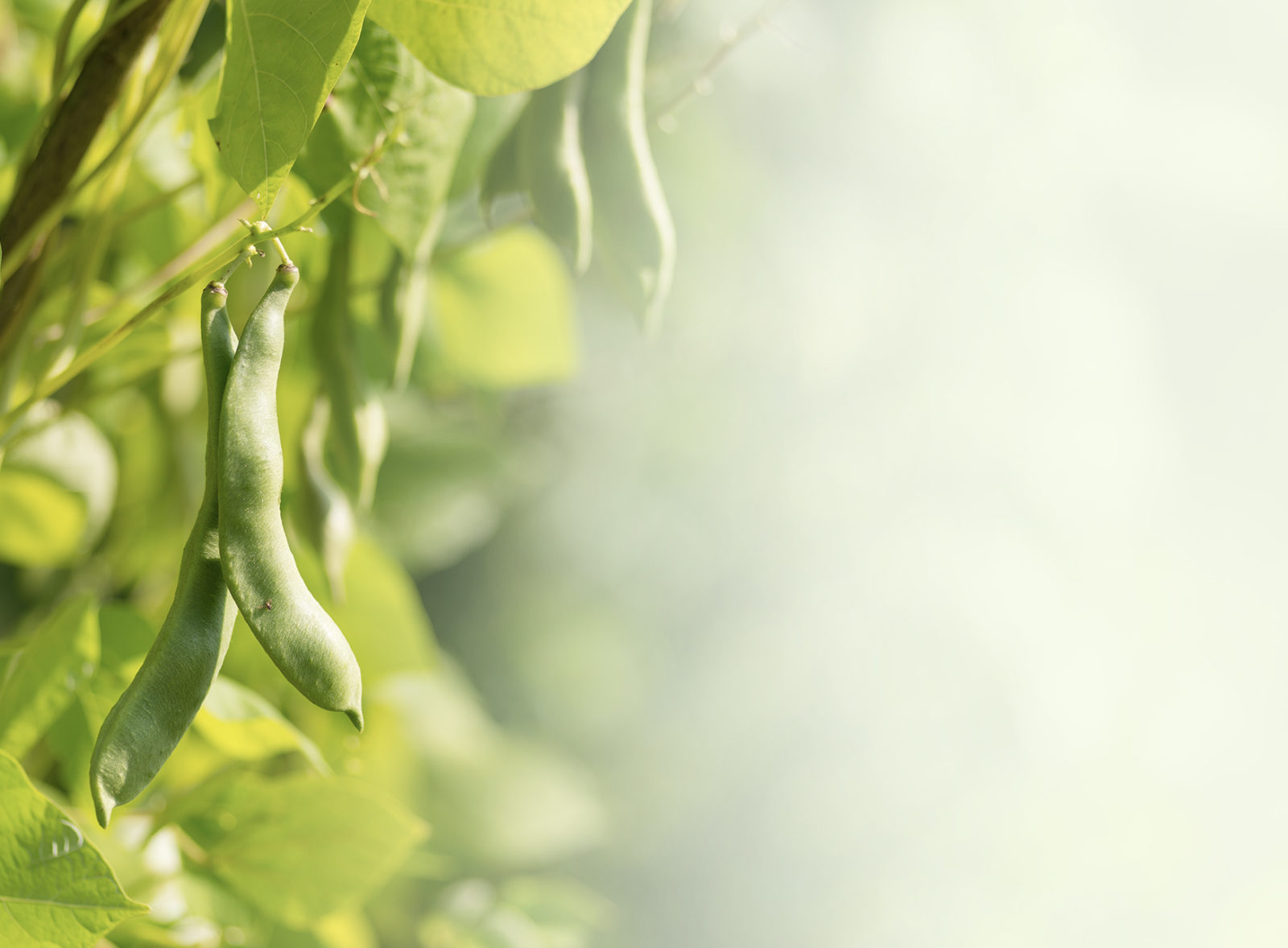
green beans
aka Phaseolus Vulgaris
Bean gardeners also become accomplished engineers. Their fast-growing vines need poles, strings, trellises… there are so many varieties and so many ways to train them.
variations
There are many variations of green beans, such as: pinto beans, lima beans, wax beans, Romano beans, and Royal Burgundy
light
full sun
These rapid-growing veggies like 6 to 8 hours of solar power.
water + feeding
average needs
Water the plants once a week in dry weather. Keep an eagle eye on the soil when the beans are blooming and starting their little pods. Do not let the soil dry out during this key time. Dry conditions can cause your blooms to drop too early and that will reduce your bean count. Consistent soil moisture yields the best quality harvest. Water thoroughly once a week if there’s no rain.
toxic
basically non-toxic
Some beans may upset the digestion of cats and dogs. Green beans are generally safe in small quantities.
size
small to medium
Bush beans grow to 2 feet tall and are the stand alone variety. Staked or pole beans can grow an impressive 10 to 15 feet along, or even straight up.
pro tip
don’t start indoors
They have fragile roots, that don’t transplant well. The good new? Beans grow so quickly (about 45 days from planting to harvest) that you don’t need to start them early.
fun fact
we’re number three!
After tomatoes, and then peppers, beans are the most beloved garden vegetable.
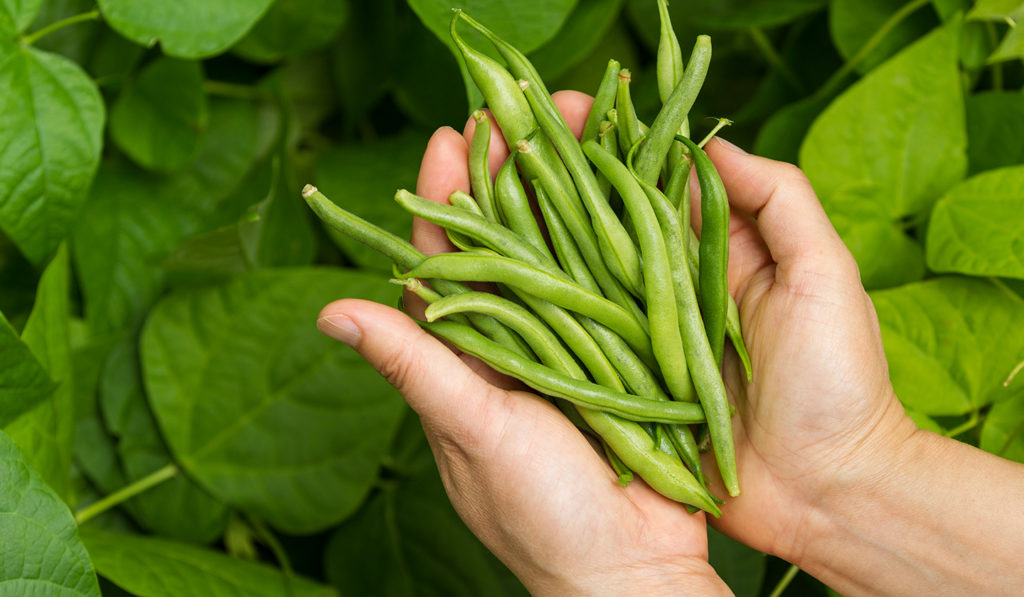
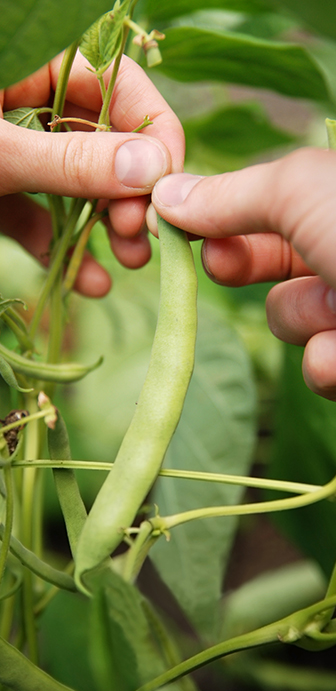
beyond the basics
-
soil & potting
Bush beans: Don’t plant too early. Beans grow quickly and like warm conditions. Plant seeds in rows, 1 inch deep and 1 to 2 inches apart. Space the rows 2½ to 3 feet apart. Once the beans sprout, thin out half the shoots so your plants are 3 to 4 inches apart.
Pole beans: Don’t plant too early. Beans grow quickly and like warm conditions. Till the soil to a depth of 8 to 10 inches, breaking up large clods of earth. Plant 3 to 4 seeds together in raised mounds. Seeds should be 1 inch under the surface. Space your mounds 3 to 4 feet apart in neat rows. Firmly insert a 6- to 8-foot stake in the center of each mound.
-
companion planting
Carrots, cabbage, cauliflower Brussel sprouts, celery, kale, lettuce, parsley, peas, spinach strawberries, Swiss chard and tomatoes, make excellent companions for green beans.
-
harvesting
Depends on the variety, but generally speaking, overmature beans grow tough and less tender. Green beans are ready to pick when they reach the size of a half-used pencil. Pick gently to avoid damaging the plant.
-
pest control
Beans a hardy, speedy growers but they are susceptible to pests. The western spotted cucumber beetle can ravage green bean plants. This beetle is shaped kind of like a ladybug, and has yellow-green back with 12 large dots. Aphids are another green been pest. Check under you leaves regularly for clusters of these tiny yellowish-green bugs. Other insect pests of green beans include thrips, whiteflies, leafhoppers and Mexican bean beetles. All can be managed with a safe pest spray like Ortho® Bug B Gon® ECO Insecticide.
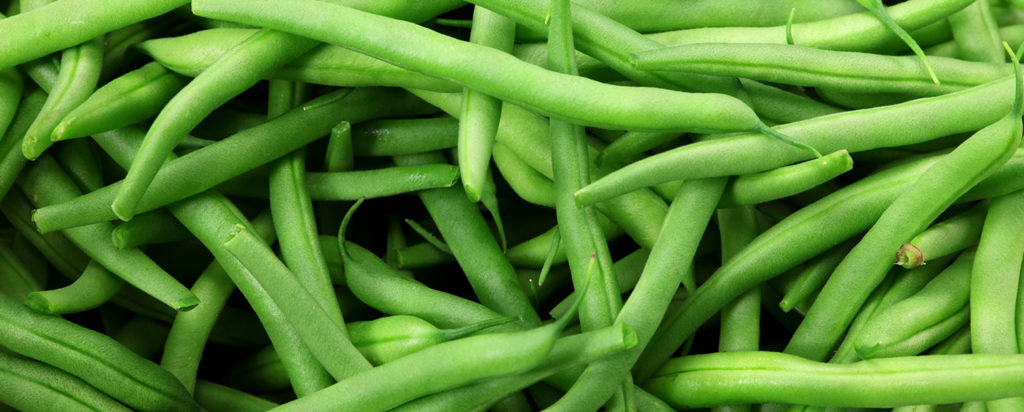
troubleshooting
-
yellowing leaves?
Could be a fungal infection known as Anthracnose. This disease causes reddish brown marks known as “rust” on the leaves and vines. Apply a fungicide soap. Long term tip: rotate your crops to help fight this problem.
-
why the curling leaves?
Could be Aphids or Whiteflies. Check under the leaves for sap-sucking Aphids (tiny, usually yellowish-green clusters of bugs ). Whiteflies are small bugs with white wings. They aren’t directly harmful to your beans, but they can carry the Cucurbit Leaf Crumple Virus. Fight these pests with a gentle insecticide like Ortho® Bug B Gon® ECO Insecticide . Don’t plant anything new near the plants that you’re treating.
-
why aren’t my bean plants flowering?
Soil isn’t warm enough. Beans love warm soil and don’t grow well when it’s cold. They grow so fast that you can start later in the growing season. Plant in warm, sunny spots. Not enough water could also be the issue. Moist soil is especially important during flowering and the early pod stage. Another common mistake is using too much fertilizer. Beans have the amazing and rare ability to pull nitrogen from the air, so they don’t need nitrogen fertilizer in their soil. High nitrogen generally makes food plants grow lots of greenery and not many flowers. A garden centre can test your soil nitrogen levels if you want to get scientific.
-
i had lots of flowers, but no pods grew, why?
Most beans are self-pollinating plants that don’t require bees or other helpful bugs. But some DO need pollinators. Check to see which type you have.
If you do need pollinators, plant some bright, colourful flowers in your garden to attract pollinators. In the short term, you can be the bee! Get a small paintbrush and gently spread pollen around all your flowers.
-
why the wilting vines?
Damage at the base of the vine. Did a bean pole shift? Did string wind flip over your bean bush? Protect that base by firmly securing poles and make sure everything is secure. If you have a firmly secured pole in place before you plant your seedlings, you can often avoid this problem.
